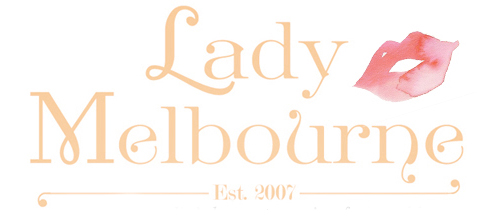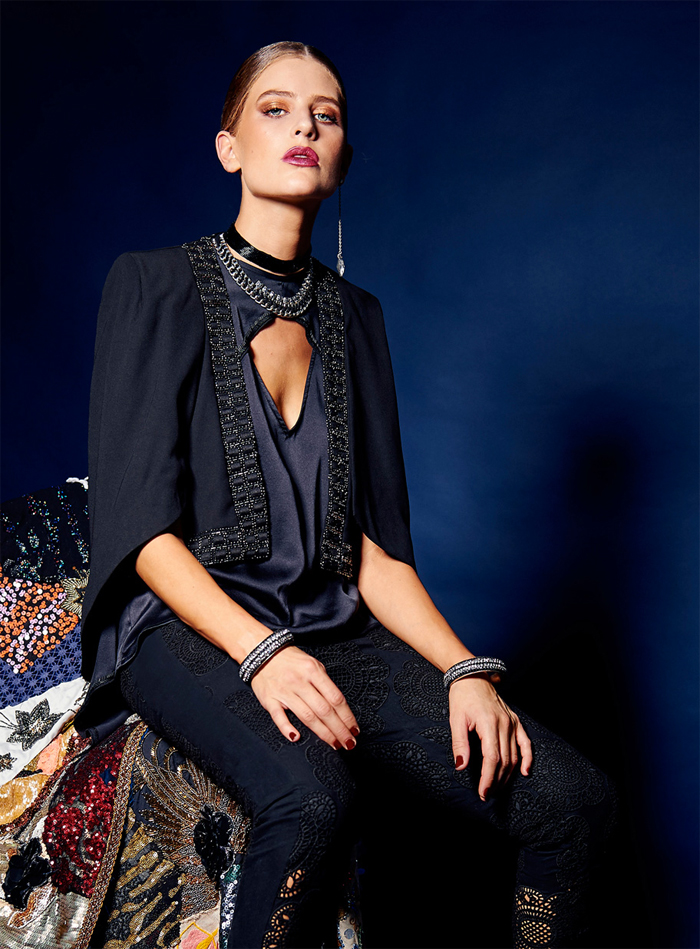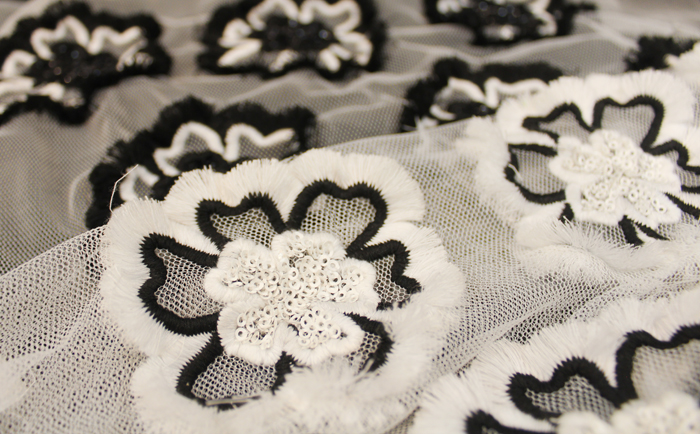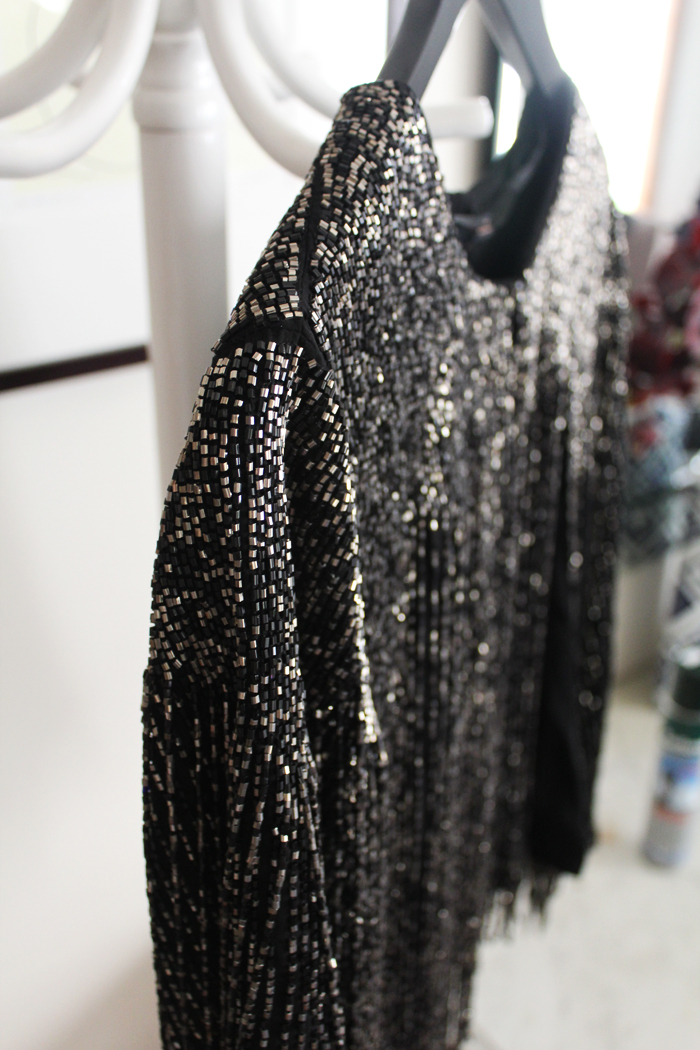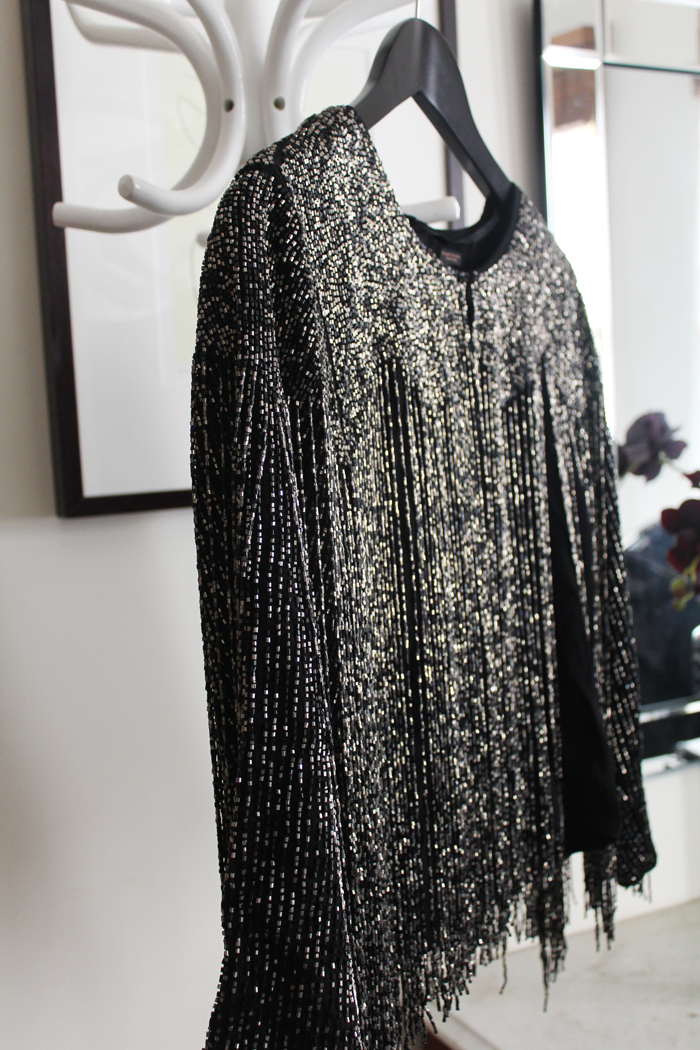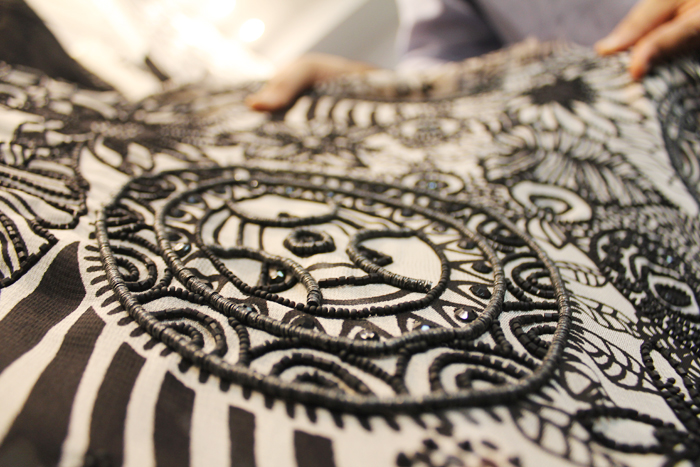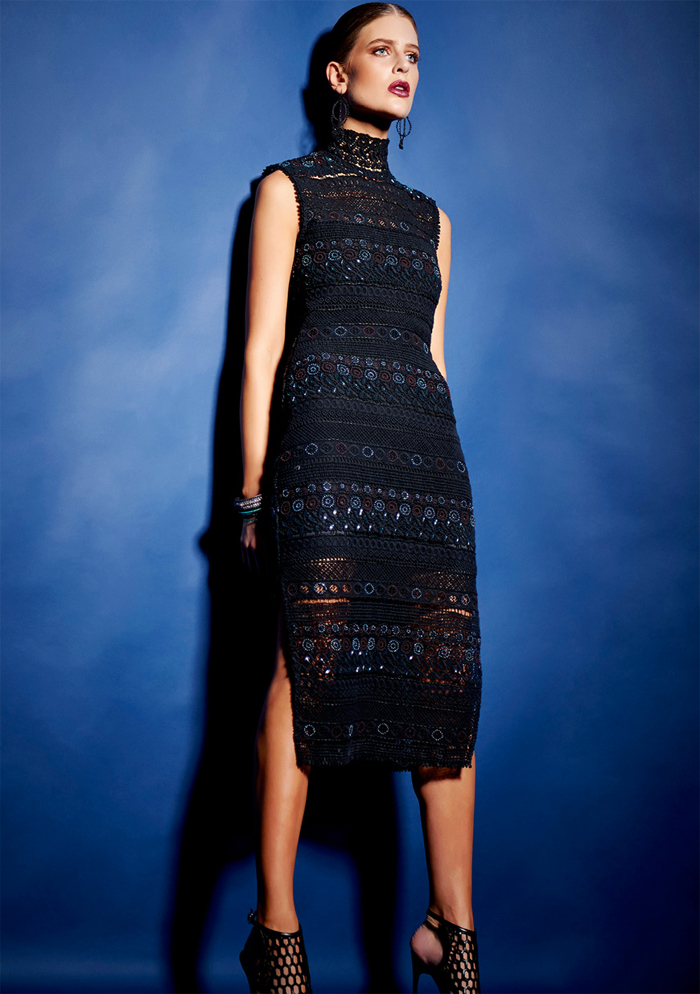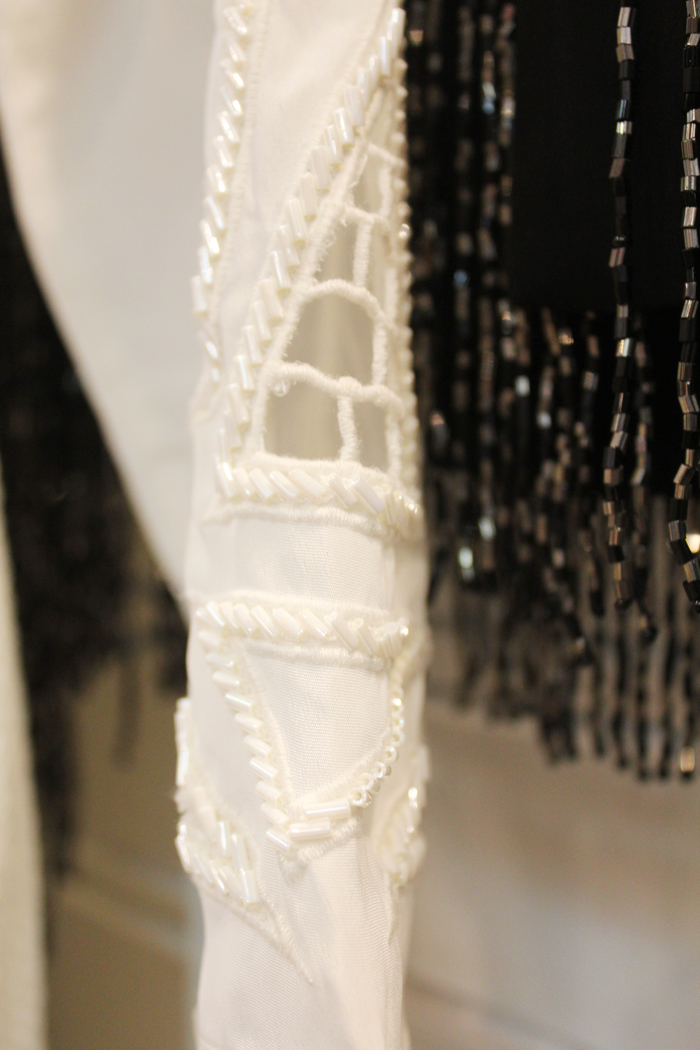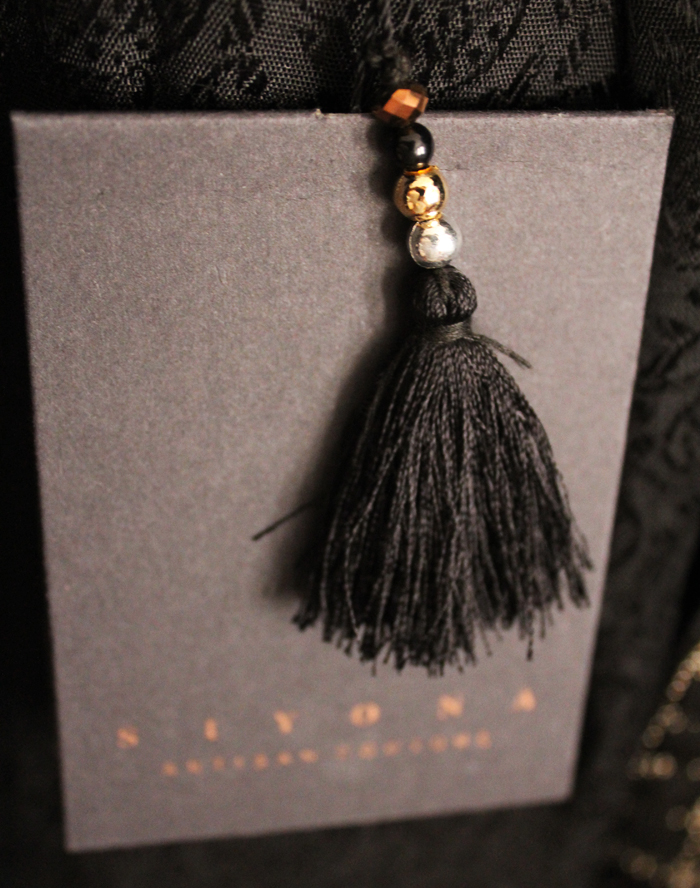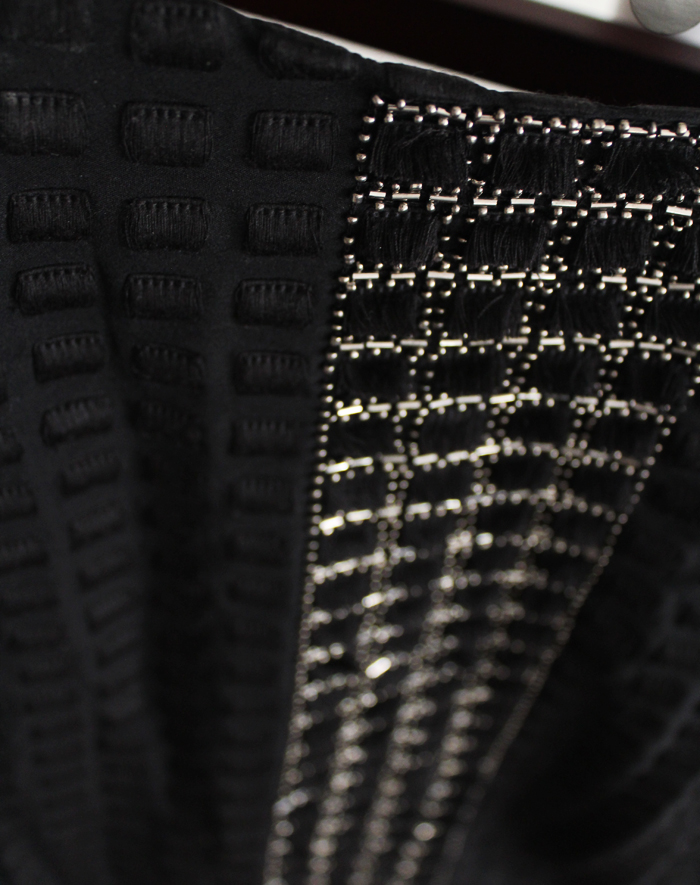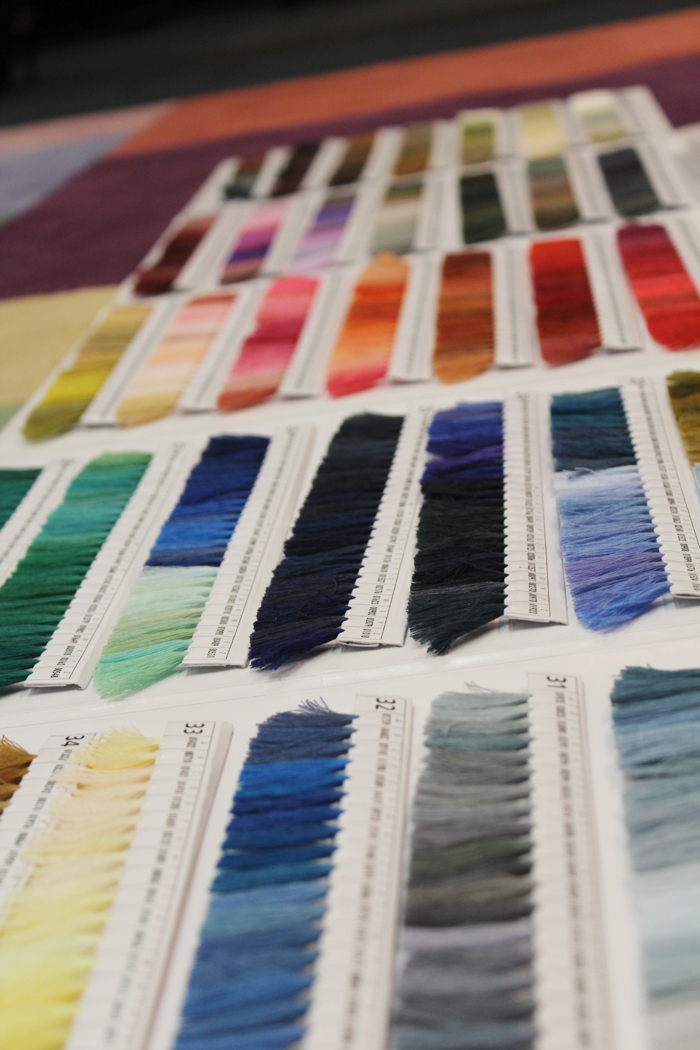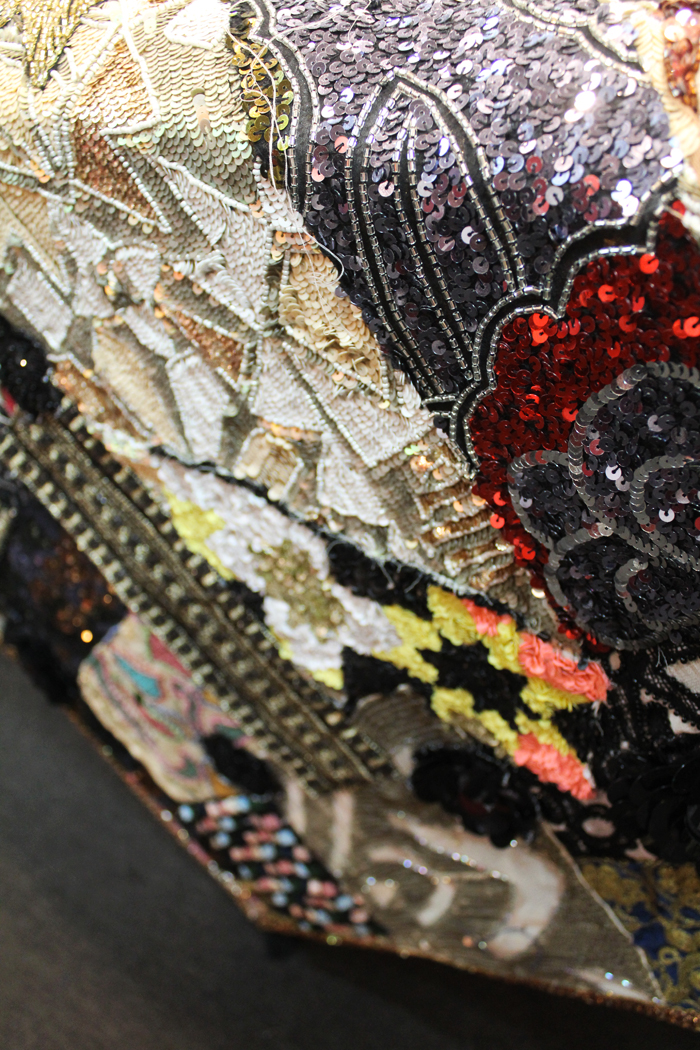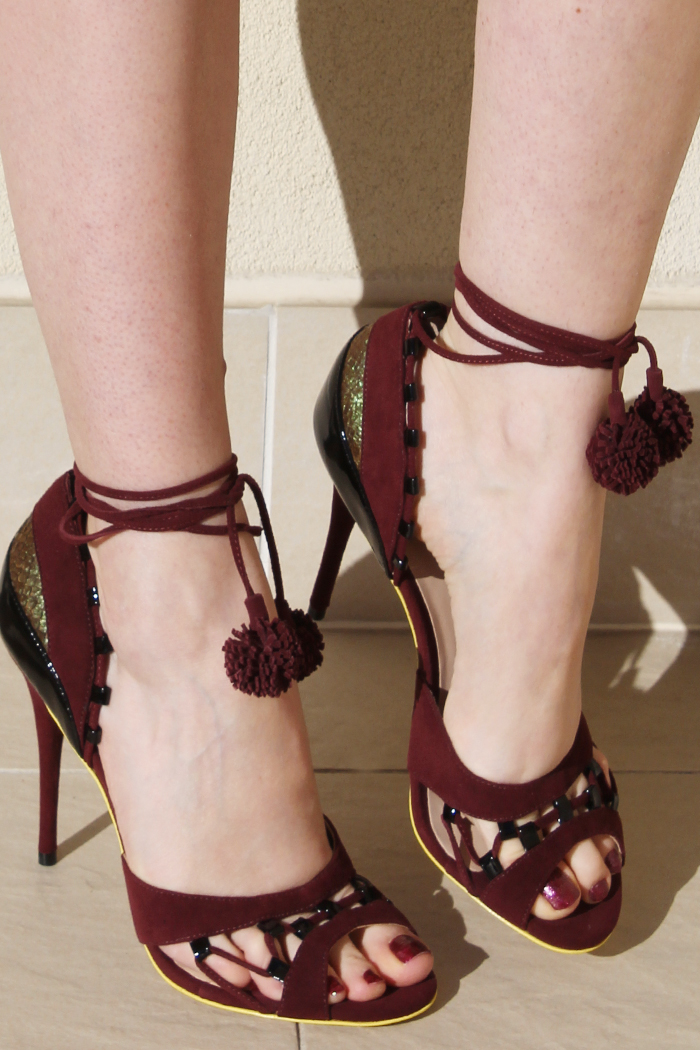At a time in fashion manufacturing when minimum runs can be made in the hundreds of thousands, Siyona is attempting to change the process.
Last week in Part I of my introduction to Siyona, I mentioned the details of a particular skirt I was wearing. Today I’m going to tell you about my visit to their HQ where I got to meet the owner, Ravish, and learn all about just how the label came to be.
“I moved to Melbourne in 2015 and noticed a gap in the market for hand embroidered garments, ” he tells me as we sit on a sofa at their H.Q in Melbourne’s fashion manufacturing district, Collingwood.
“For example, each state in India has its own embroidery techniques, and because we own the factories and workshops where the beading takes place, we’re able to combine different techniques in one garment.”
“Our biggest point of difference, though, is that we develop all our own fabrics. We don’t outsource or need to deal with agents; in fact, if anything, it’s the other way around. Because we can develop and manufacture all the fabrics ourselves, it’s flipped the design process so that we’re lead by fabric first, then design.”
“Really, the possibilities are endless,” Ravish says showing me through a wall display of perhaps 20 swatches of fabric I’m told is only a fraction of what they have available.
It was right about then I started to understand I’d uncovered something pretty special in Siyona. The fabric runs are smaller, with attention paid to embroidery which Ravish stresses when showing me a cutwork dress with beading around the edges.
“This fabric is embroidered like this, it’s not lace or an applique that’s been stitched on. That’s one big difference with materials and makes it unique. We can create a whole roll like this, where other labels might only be able to get their hands on small pieces of embroidery,” he says.
The result is something really special, with each garment presenting a range of embroidery, stitching and beading techniques. It’s called couture because like the ateliers in Paris, these clothes are hand finished to the absolute highest standards using age-old methods.
